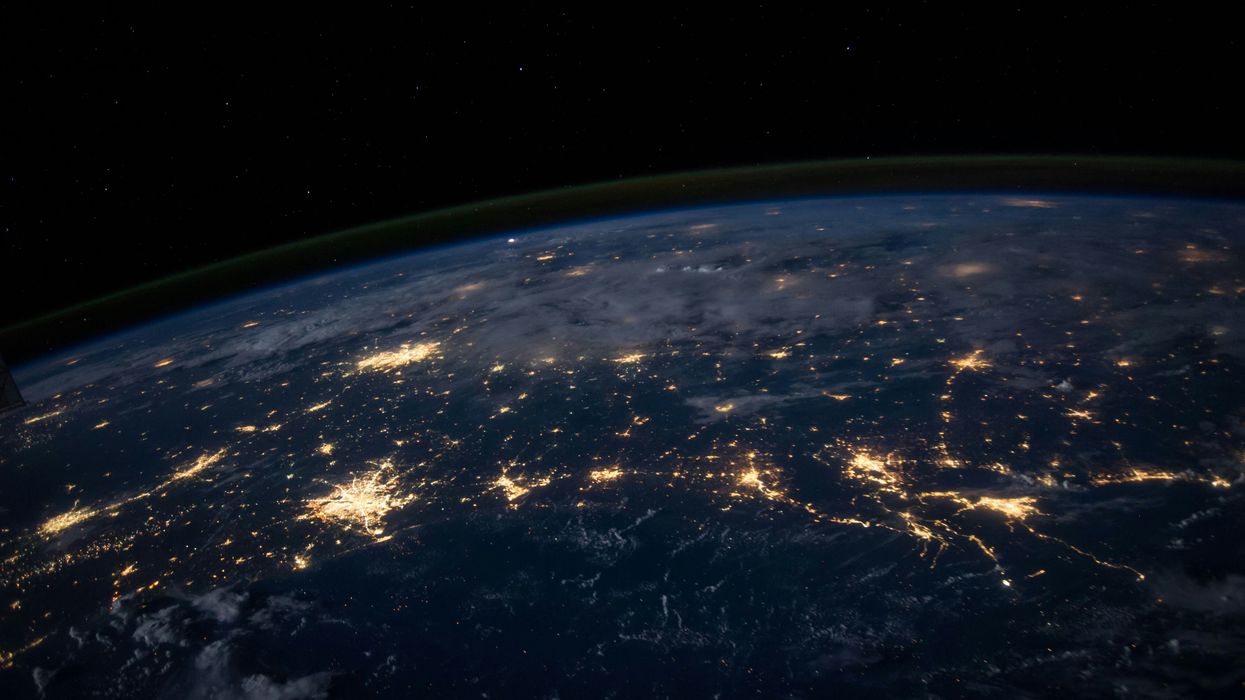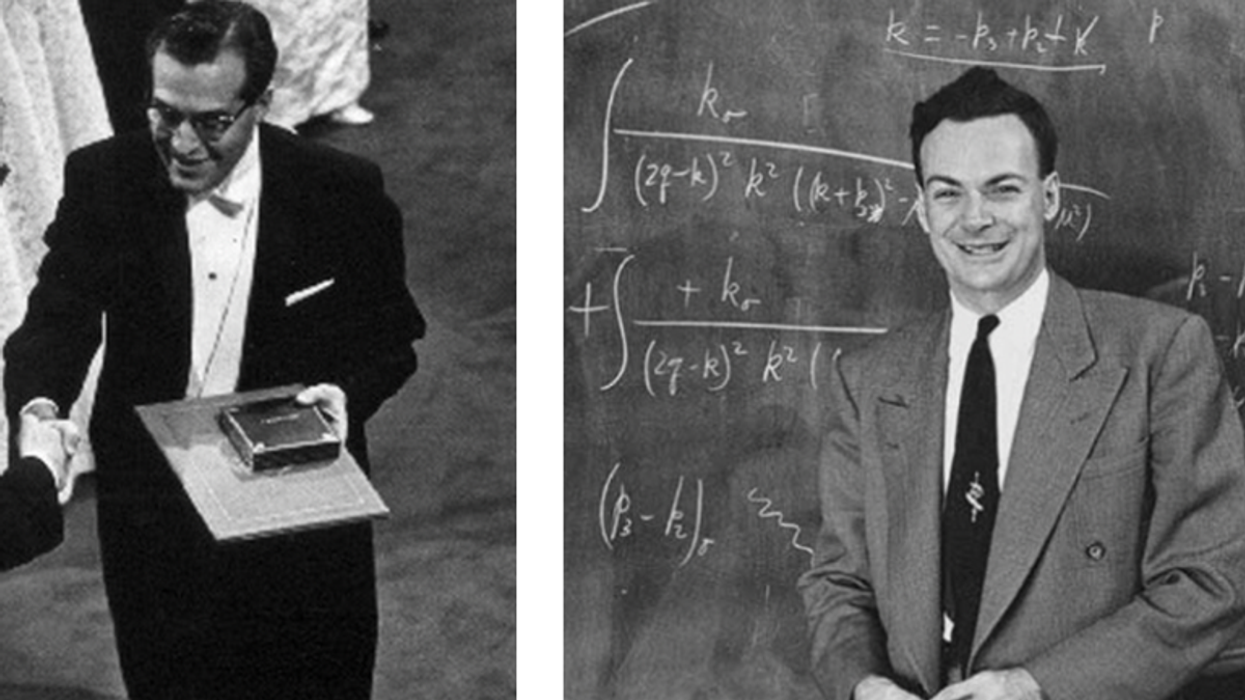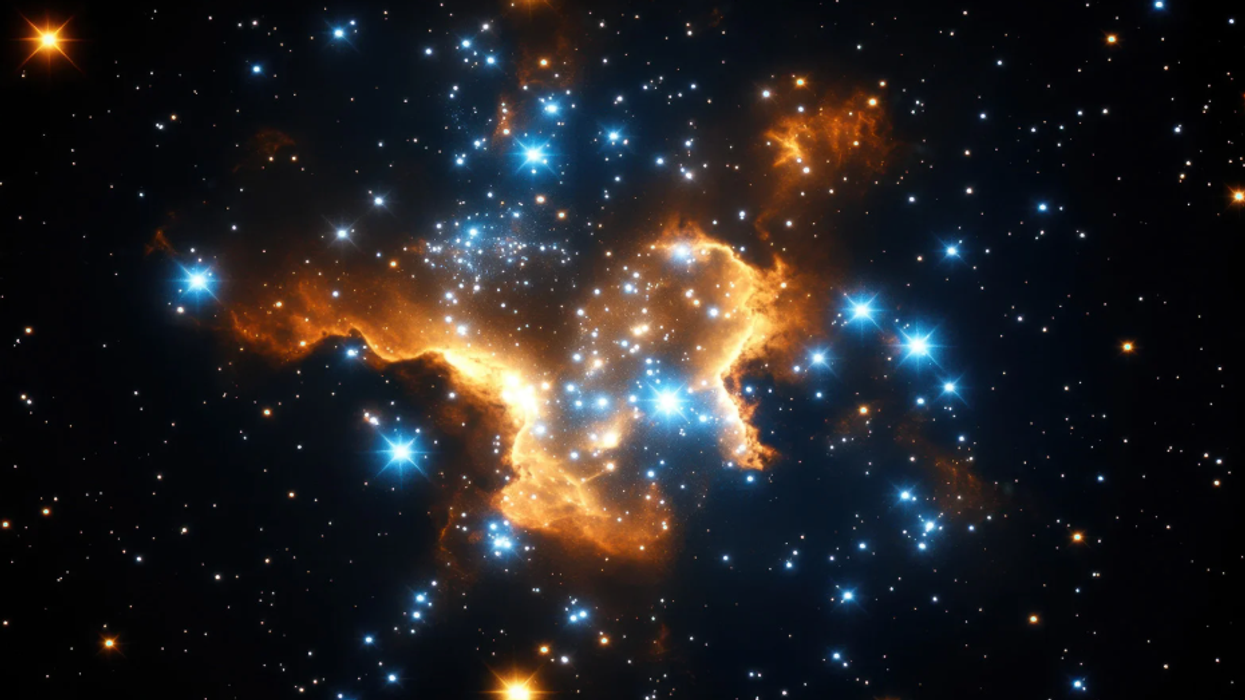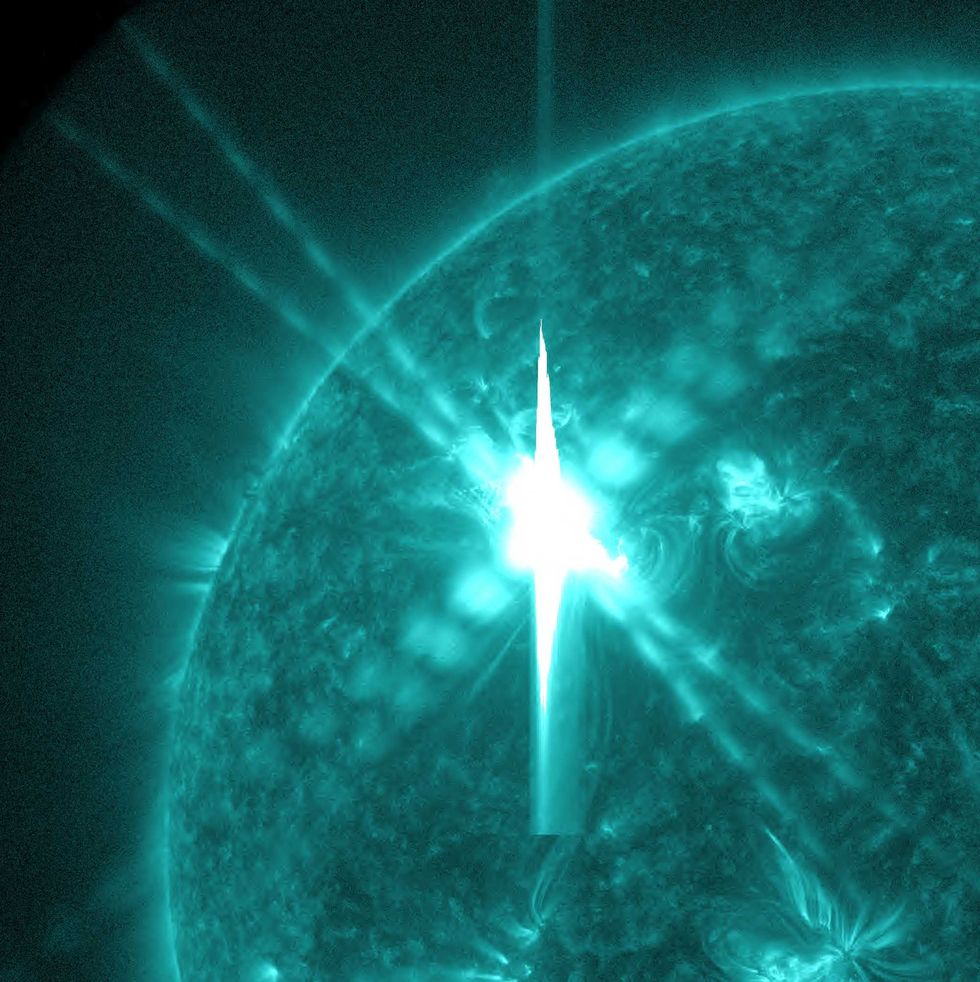When the Moon formed around 4.5 billion years ago, probably due to Earth’s collision with a Mars-sized planet called Theia, Earth used to spin at a much faster rate. One day at this time was just 10 hours long. Back then, the Moon was roughly 14,000 miles away from Earth, 17 times closer than it is today. As the Moon kept moving farther away from its host planet, the angular momentum and speed of Earth’s rotation kept on slowing down, resulting in longer days. Today, one day equals 24 hours. However, given these billions of years, one day today should be around 60 hours or longer. In a study published in the journal Science Advances, astrophysicists reveal the reason behind this: for a billion-year period in Earth’s history, its rotation rate remained steady, which kept a day at a constant length of 19.5 hours.
If Earth’s rotation hadn’t remained steady for these billion years, the current 24-hour day would be a 60-hour day or so. According to the astrophysicists at the University of Toronto, “approximately two billion years ago until 600 million years ago, an atmospheric tide driven by the sun countered the effect of the moon, keeping Earth’s rotational rate steady and the length of a day at a constant 19.5 hours.”
Some scientists like to refer to this period as “boring billion,” as nothing much happened during this time. Oxygen in the atmosphere was stuck at a level much lower than it is today. And devoid of oxygen-rich life, the stagnant oceans stunk with iron and hydrogen sulfide. One scientist even went on to say that “never in the course of Earth’s history did so little happen to so much for so long.” However, perhaps the most remarkable thing of this period is the steadiness of Earth’s rotation rate.
When scientists investigated the cause behind this billion-year-long steadiness, they found that the answer lay in a balance of tidal pulls created by the Sun’s gravity and tidal pulls created by the Moon’s gravity. The gravitational force of the Moon is known to slow down Earth’s spinning as it pulls its oceans, triggering tides that rise and fall. Adding to this, the friction of these tides with the ocean floor acts like a “brake” on Earth’s rotation. The same happens with the Sun’s gravity, except that instead of slowing down the rotation, it speeds it up.
“Sunlight also produces an atmospheric tide with the same type of bulges,” astrophysicist Norman Murray said in the university press release. “The sun's gravity pulls on these atmospheric bulges, producing a torque on the Earth. But instead of slowing down Earth’s rotation like the moon, it speeds it up.” For most of Earth’s history, the tidal force of the Moon has overpowered the tidal force of the Sun, causing the gradual slowing down of Earth’s rotation.
During this billion-year period, when a day on Earth had reached the length of 19.5 hours, the Sun’s tidal force suddenly became stronger than the lunar tidal pull. Due to factors like warmer temperatures and atmospheric resonance, the Sun’s pull was speeding up Earth’s rotation at the same rate that the Moon’s pull was slowing it down. The result was a consistency of a day’s length for a billion years.
But around 600 million years ago, the two tidal forces got out of sync once again. Once again, the Moon’s pull became stronger than the Sun’s pull, which led to the gradual slowing down of Earth’s rotation. Today, while a day is 24 hours long, the thermal tides produced by the Sun take 22.8 hours to reverberate around the planet. Ultimately, it’s the Moon’s gravity once again, that decides how long a day will last on Earth, while the Sun just governs other factors.
The whole scenario makes us wonder whether that time will come again when the gravitational forces of the Sun and Moon align again. According to Murray, it won’t anytime soon. The rate at which global warming is affecting the planet will only increase the dissonance between the two forces. “As we increase Earth's temperature with global warming, we’re also making the resonant frequency move higher — we’re moving our atmosphere farther away from resonance,” said Murray. “As a result, there's less torque from the sun, and therefore, the length of the day is going to get longer, sooner than it would otherwise.”
This article originally appeared last year.



















 A road near equatorial Atlantic OceanCanva
A road near equatorial Atlantic OceanCanva Waves crash against rocksCanva
Waves crash against rocksCanva
 Older woman drinking coffee and looking out the window.Photo credit:
Older woman drinking coffee and looking out the window.Photo credit:  An older woman meditates in a park.Photo credit:
An older woman meditates in a park.Photo credit:  Father and Daughter pose for a family picture.Photo credit:
Father and Daughter pose for a family picture.Photo credit:  Woman receives a vaccine shot.Photo credit:
Woman receives a vaccine shot.Photo credit: 
 Image artifacts (diffraction spikes and vertical streaks) appearing in a CCD image of a major solar flare due to the excess incident radiation
Image artifacts (diffraction spikes and vertical streaks) appearing in a CCD image of a major solar flare due to the excess incident radiation
 Brady Feigl in February 2019.
Brady Feigl in February 2019.
 Yonaguni Monument, as seen from the south of the formation.
Yonaguni Monument, as seen from the south of the formation. 
